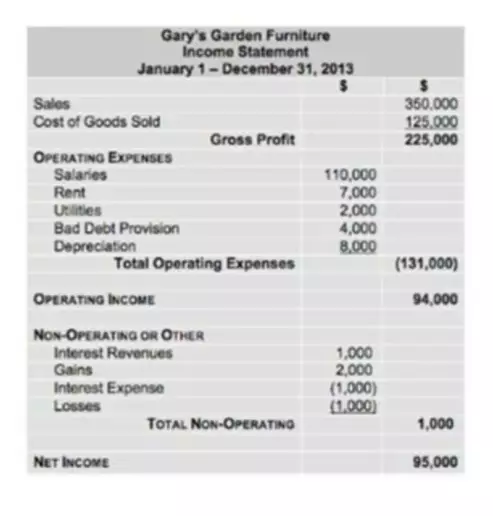
Marginal Cost Formula Calculator Excel template
Content

The formula to obtain the marginal cost is change in costs/change in quantity. If the price you charge per unit is greater than the marginal cost of producing one more unit, then you should produce that unit. If the price you charge per unit is less than the marginal cost of producing one more unit, the unit should not be produced. The usual variable costs included in the calculation are labor and materials, plus the estimated increases in fixed costs , such as administration, overhead, and selling expenses.
- While outward pricing results from the market and what consumers are willing to pay, the production price of a good is something a business has control over.
- This would mean the company is losing money and cannot meet demand without going bankrupt.
- Diseconomies of scale are usually bad for businesses because they cannot expand efficiently.
- As we can see, fixed costs increase because new equipment is needed to expand production.
Other businesses that can achieve constant marginal costs depend primarily on labor instead of raw materials for increasing revenue. Technology companies designing software have costs related to employee numbers, but the price to produce two units of software versus three or more units is often fairly constant. This point is where the company has achieved its ideal production level, balancing marginal cost with marginal revenue. The cost of creating additional units is equal to the additional revenue generated from sales.
Resources created by teachers for teachers
Stay updated on the latest products and services anytime, anywhere. In Ruby’s second year of business, she sold 25 doors for $7,000 each for a total of $175,000. https://www.bookstime.com/ However, the more sandwiches that the deli produces, the more it requires labor to prepare them and raw materials such as meat, bread, and vegetables.

Ideally, businesses want their marginal cost curve to slope downward or horizontally. A downward slope means that the cost per unit of production gets lower with every unit manufactured.
Marginal Cost: Why You Need to Know It
There are five types of marginal costs namely the batch cost, unit cost, organization sustaining cost, customer cost and product cost. Secondly, the law of returns can also explain the marginal cost behavior. The law means that when a variable cost is added to a fixed cost an organization will get to a level where there is a disproportionate amount of the variable cost compared to the fixed cost.
Marginal cost is the expenses needed to manufacture one incremental good. As a manufacturing process becomes more efficient or economies of scale are recognized, the marginal cost often declines over time. However, there is often a point in time where marginal cost formula it may become incrementally more expensive to produce one additional unit. When a company knows both its marginal cost and marginal revenue for various product lines, it can concentrate resources towards items where the difference is the greatest.
How to find marginal revenue
The marginal cost formula can be used in financial modeling to optimize the generation ofcash flow. When estimating costs for production, the constant marginal cost is often part of a linear cost function. Total costs will be equal to fixed costs added to variable costs, which, as mentioned above, is dependent on the marginal cost.

For example, a company might reduce the price per unit by buying supplies in bulk or negotiating with suppliers for volume discounts. Calculating your marginal costs helps you decide whether producing extra units is worth it or whether you might need to scale down. You’ll have all the info you need for one of your biggest expenses, which will help make your marginal cost calculations super accurate. It simply involves getting the changes in total production costs and dividing the cost with the changes in quantity or output. A batch cost refers to an extra cost incurred to make an additional batch in the production process. Batch costs are incurred when a production line produces goods in bulk and not a unit at a time. The reason for the differences stems from the fact that businesses and their production processes differ.
Keep reading or use the links below to learn about marginal costs, and what looking at marginal costs can tell you about your business. – Of course, volumes will also increase or decrease whenever you have differing levels of production. To work out the change to your quantities, you’ll need to deduct the number of goods from your first production run from the number of goods from the second, expanded production run.
To sell more, you’d need to lower your price, which would mean losing money on each sale. Marginal revenue is the revenue earned by producing one single additional unit of a good . Marginal revenue can change over time and can vary depending on the current level of total revenue.

